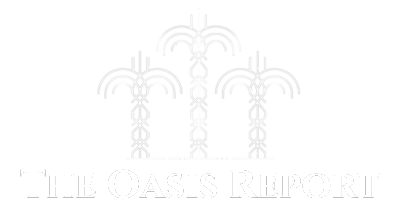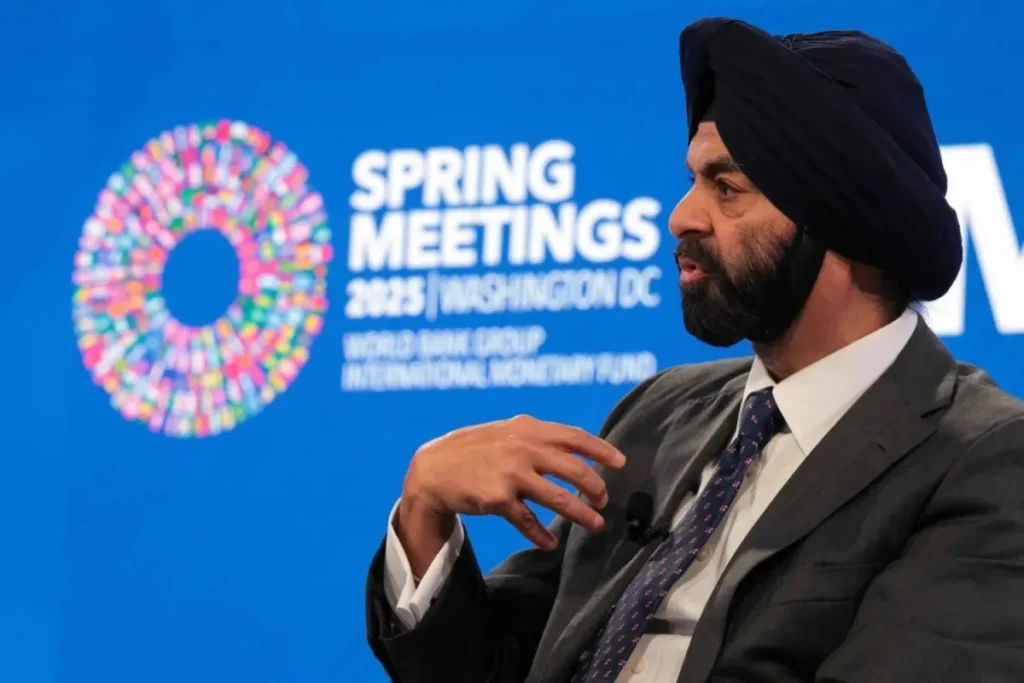The World Bank has sharply downgraded its growth projections for the Middle East and North Africa (MENA) region, cutting its forecasts for 2025 and 2026 to 2.6% and 3.7%, respectively.
It marked the second revision this year, down from January’s estimates of 3.4% and 4.1%, and significantly below the 3.8% growth previously expected for 2024, as published last October.
The revised outlook reflects the anticipated impact of a slowing global economy, driven by ongoing US tariff measures and retaliatory responses.
The International Monetary Fund (IMF) also echoed similar concerns earlier this week, projecting growth in the region at 2.6% for 2024 and 3.4% for 2025 – both reduced by nearly one percentage point from earlier forecasts.
In its latest MENA Economic Update, titled, “Shifting Gears: The Private Sector as an Engine of Growth in the Middle East and North Africa”, released during the World Bank and IMF Spring Meetings in Washington, the Bank highlighted that ongoing conflict, climate shocks, oil price volatility, and shifting geopolitical dynamics are compounding the region’s economic uncertainty. These risks are further amplified by indirect effects from global interest rate fluctuations and inflation trends.
The report noted that the MENA region expanded by a modest 1.9% in 2024 – slightly below earlier projections – while recovery in oil-importing countries is expected to be driven by increased consumption, aided by easing inflation. However, uncertainty remains high for agricultural recovery due to climate-related volatility.
Inflation Pressures
The World Bank observed that inflationary pressures in MENA moderated throughout 2024, in line with global trends. However, it cautioned that uncertainties around trade policy could rekindle inflation. Inflation is estimated at 2.2% in 2024, with a slight uptick to 2.4% in 2025, before easing again to 2.3% in 2026.
GCC Countries Show Resilience
For the Gulf Cooperation Council (GCC) countries – Bahrain, Kuwait, Oman, Qatar, Saudi Arabia, and the UAE – the World Bank projects real GDP growth to rise to 3.2% in 2025 and 4.5% in 2026. This follows a downward revision for 2024 from 4.1%, although 2025’s forecast was slightly raised from 4.4%.
Growth is expected to be buoyed by a gradual rebound in oil production and continued economic diversification efforts, especially in Saudi Arabia, the UAE, Oman, and Qatar. The easing of oil output cuts by OPEC+ is also likely to support economic activity in these oil-exporting nations.
Inflation across GCC states is forecast to reach 2.4% in 2025, up from 2% in previous projections, before dipping to 2.3% in 2026. However, risks persist, particularly due to oil price volatility, potential trade disruptions, and broader global economic uncertainties. The report stresses the need for ongoing investment in human capital and infrastructure to enhance economic resilience.
Role of Private Sector
The report emphasizes the vital role of the private sector in driving sustainable growth across MENA. It argues that vibrant private enterprises are essential for job creation and innovation, yet productivity growth across the region has stagnated.
The Bank highlights that few firms invest in innovation or compete at a global level, while a large informal economy and limited female participation hamper broader progress.
Osman Dione, the World Bank’s Vice President for MENA, noted that the region continues to suffer from underutilized human capital and the exclusion of women from the labor market.
Governments are urged to play a facilitative role by enhancing market competition, improving business environments, and investing in infrastructure and data systems to support enterprise development. Roberta Gatti, the Bank’s Chief Economist for MENA, said: “A dynamic private sector is crucial for unlocking sustainable growth and prosperity in the region.”
The report concludes that a brighter future for MENA’s private sector is within reach if governments rethink their role, tap into untapped talent, and encourage firms to build internal capabilities and adopt stronger management practices. Unlocking this potential could substantially accelerate the region’s economic trajectory.



